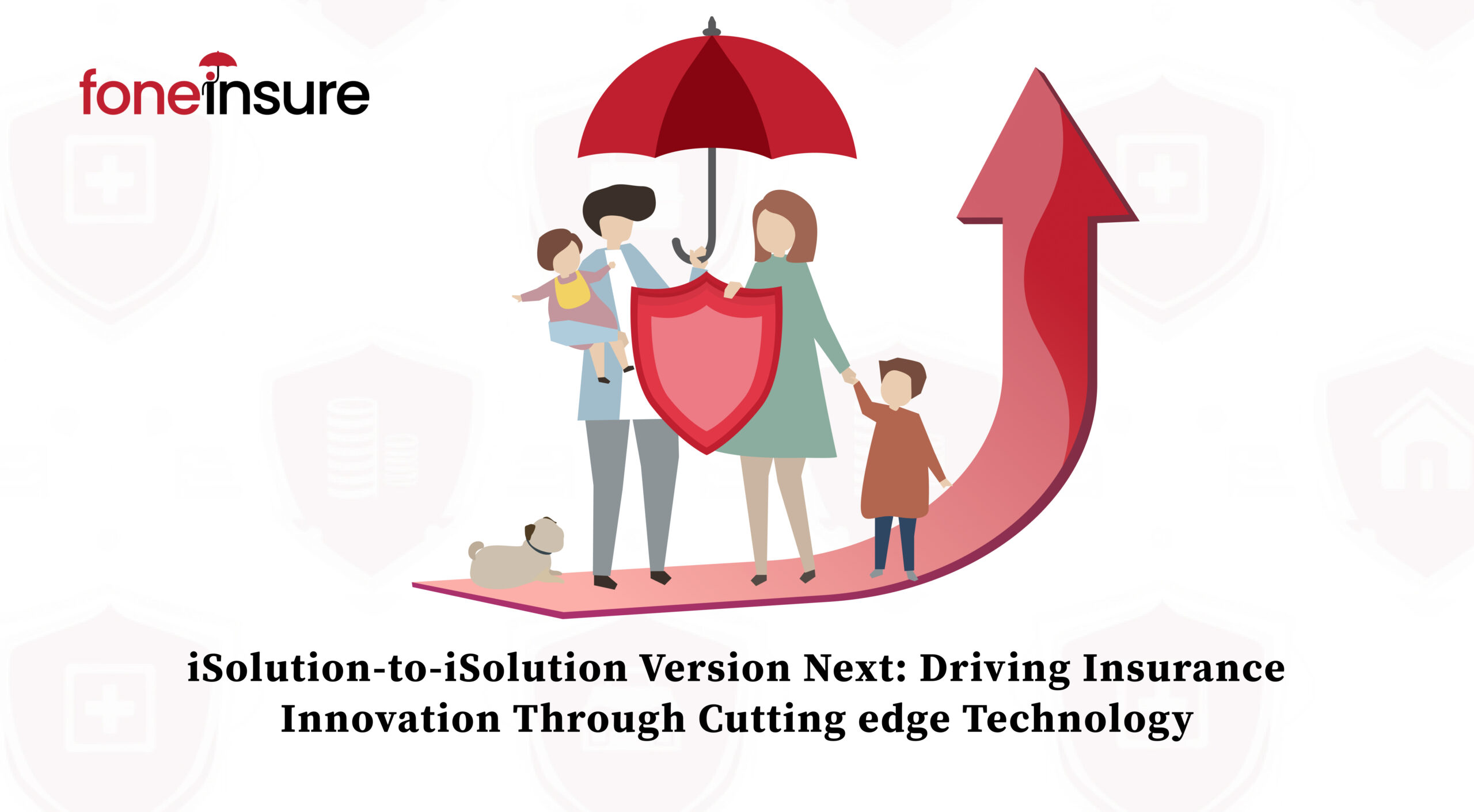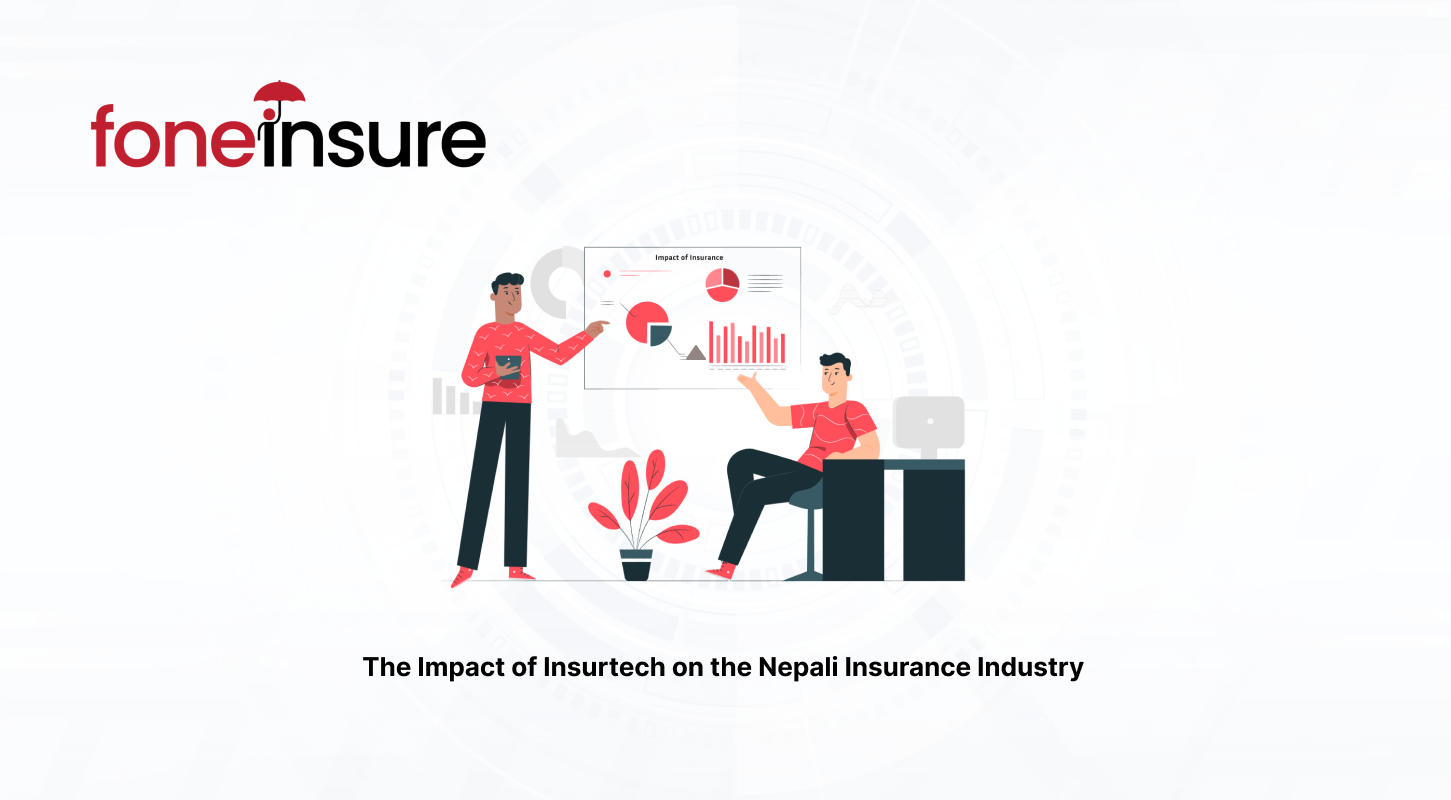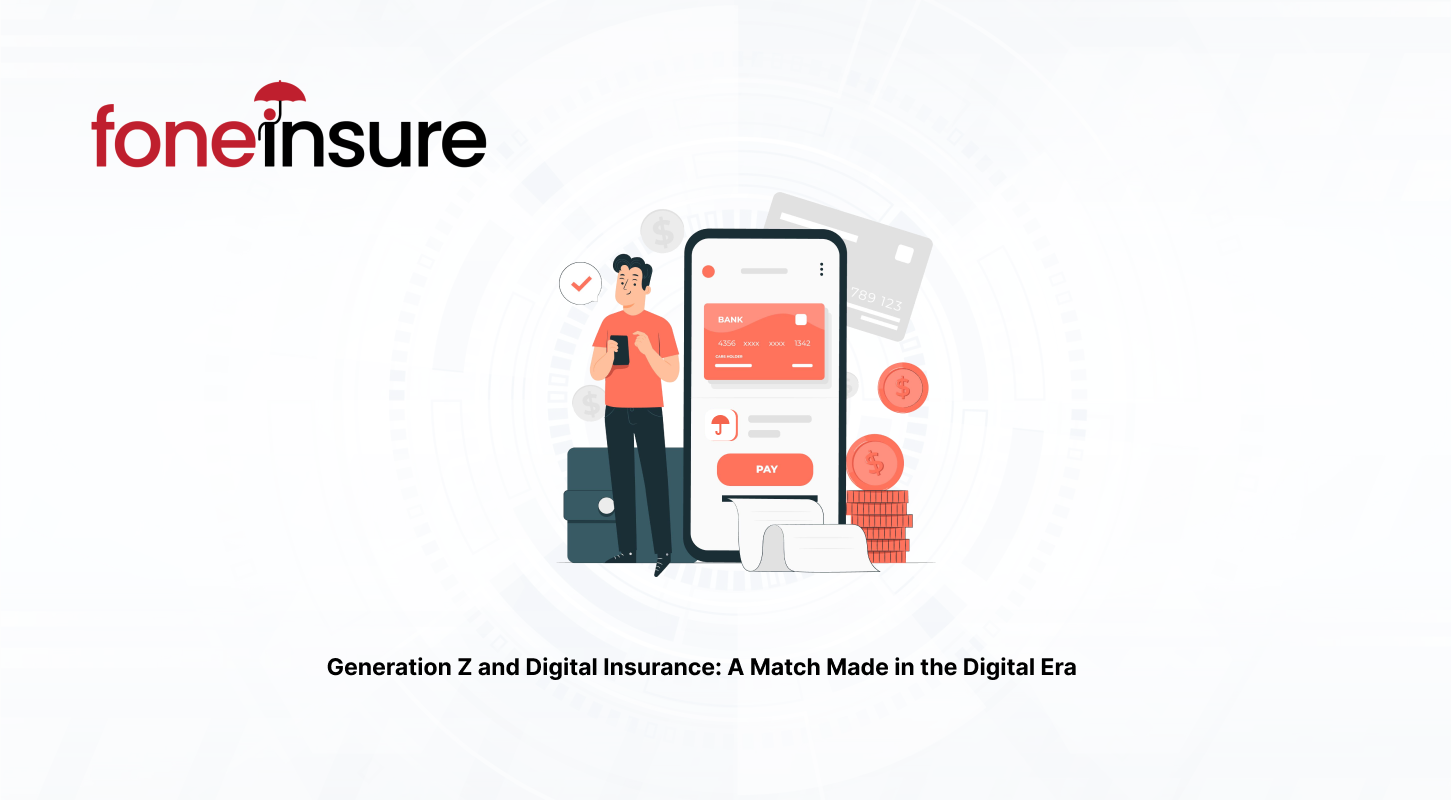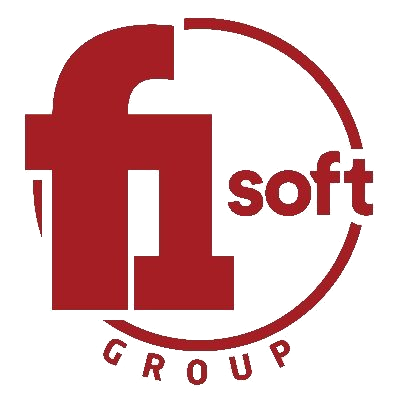
Relating UX/UI design trends to the insurance tech industry involves aligning the latest design practices with the unique needs and challenges of the insurance sector. Here’s how current UX/UI trends can be applied in insurtech:
Personalization and Customization: Users now expect personalized experiences tailored to their needs.
Personalization can be implemented through dashboards that show relevant policy information based on user behavior, personalized quotes, and tailored insurance packages. Customizing the user interface to cater to different demographics, such as young drivers or seniors, can improve engagement.
Minimalist and Clean Design: Minimalism focuses on simplicity, with a reduction of clutter and an emphasis on functionality.
A clean, minimal design can make complex insurance products more accessible. By using simple layouts, clear typography, and straightforward navigation, users can easily find and understand policy details, claims processes, and other essential information.
Micro interactions: Micro interactions are subtle animations or visual feedback elements that enhance user interaction with an app or website.
Micro interactions can guide users through processes like filling out forms, calculating quotes, or filing claims. For instance, animations that show progress or confirm actions (ex: a check mark after completing a step) can make the user experience smoother and more satisfying.
Data Visualization: Presenting data in visually appealing and easily digestible formats is becoming more important.
Data visualization can be used to help users understand their risk assessments, premium breakdowns, and claim statuses. Graphs, charts, and infographics can turn complex data into comprehensible insights, helping customers make informed decisions.
Mobile-First Design: With more users accessing services via mobile devices, designing for mobile-first is crucial.
Mobile-friendly interfaces ensure that customers can manage their insurance policies, file claims, and access support anytime, anywhere. This trend also supports the growing use of digital insurance products like mobile wallets and app-based insurance management.
Voice and Conversational Interfaces: The rise of voice assistants and chat bots is influencing UX/UI design, with more interfaces incorporating conversational elements.
Incorporating chat bots or voice assistants can streamline customer support, provide instant answers to common queries, and even guide users through purchasing policies or filing claims. A conversational UI can make the insurance process feel more accessible and less intimidating.
Accessibility: Accessibility is a growing priority, ensuring that digital products are usable by everyone, including those with disabilities.
Ensuring that insurance platforms are WCAG compliant (Web Content Accessibility Guidelines) will make them more inclusive. This includes features like keyboard navigation, screen reader compatibility, and high-contrast design options.
Trust-Building Design: With increasing concerns about data privacy, UX/UI design must convey trustworthiness.
Using trust signals such as clear privacy policies, secure payment gateways, and transparent data practices can build confidence. Additionally, human-centered design, where user needs are prioritized, can make the insurance process feel safer and more reliable.
Seamless On boarding: A smooth on boarding process is essential to retain users.
Streamlining the on boarding process—such as allowing users to easily compare and select insurance products, providing real-time assistance, and minimizing the number of steps required—can enhance user retention and satisfaction.
By: Kamala Khatiwada
UX/UI Designer






